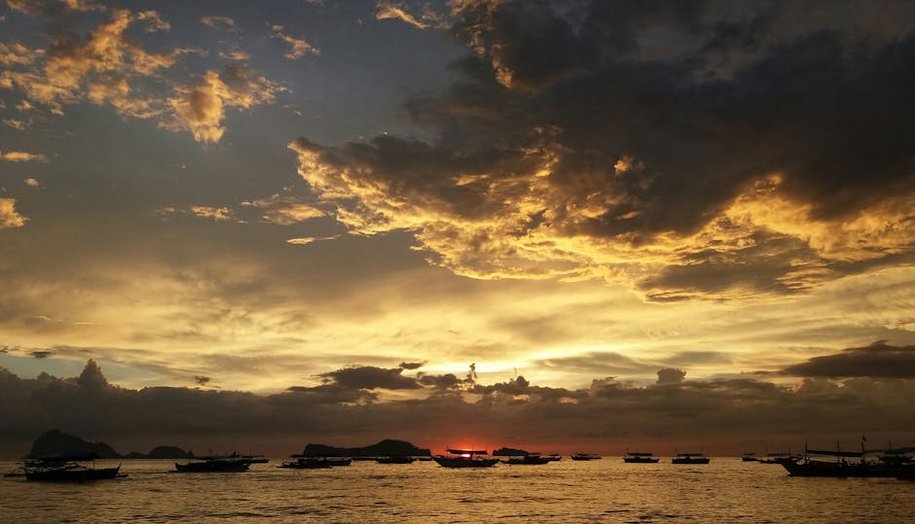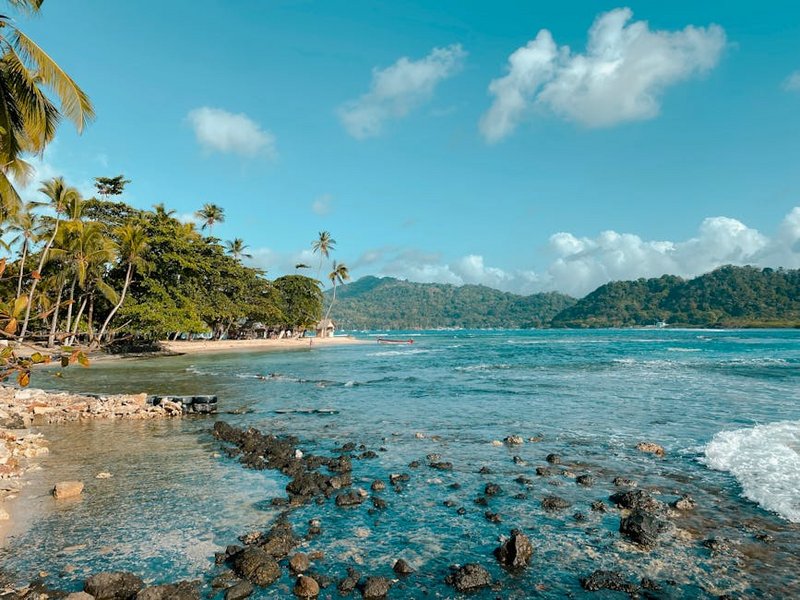Discover the Rich Indigenous Culture of Panama’s San Blas Islands
Exploring the Panama San Blas Islands indigenous culture offers a unique travel experience where pristine Caribbean beauty meets centuries-old traditions. You’ll find yourself immersed in the world of the Guna Yala people, an indigenous community that has preserved its way of life against modern pressures. These islands aren’t just tropical paradises with white sand beaches and turquoise waters; they’re living museums of cultural heritage where traditional customs, colorful molas textiles, and communal governance systems thrive. As you plan your visit, you’ll discover how tourism supports local economies while respecting cultural preservation efforts. The Panama San Blas Islands indigenous culture represents one of the most authentic indigenous experiences in the Americas, where visitors can engage directly with community members and learn about their spiritual connection to nature. This comprehensive guide will help you navigate this sensitive cultural landscape while ensuring your visit benefits both you and the local communities.
Panama San Blas Islands Indigenous Culture – Essential Information
Understanding the foundational aspects of Panama San Blas Islands indigenous culture begins with recognizing the Guna Yala people’s unique position in Central America. This autonomous territory spans approximately 365 islands along Panama’s Caribbean coast, though only around 50 are inhabited. The Guna people successfully revolted against Panamanian authorities in 1925, securing their self-governance and cultural rights through the Guna Revolution. Today, they maintain their traditional political structure with sailas (community leaders) making decisions based on collective discussions. You’ll notice their distinctive architecture featuring bamboo and palm-thatch homes built slightly elevated above ground level. The Guna language (Dulegaya) remains the primary means of communication, though many community members working in tourism speak basic Spanish or English. Their spiritual beliefs center around Baba (Father Sun) and Nana (Mother Earth), with rituals and ceremonies honoring natural elements. Visiting these islands requires cultural sensitivity and awareness that you’re entering a carefully preserved way of life that has endured for generations.
Who Are the Guna People? – Cultural Background
- The Guna Yala are matrilineal society where property and family names pass through female lines, with women playing crucial roles in economic and social structures.
- Traditional governance involves elected sailas who make decisions through community assemblies, maintaining political autonomy within Panama’s national framework.
- Cultural preservation efforts include teaching Dulegaya language in schools, practicing traditional medicine using local plants, and celebrating festivals like the Inna Mutiki (needle ceremony) marking girls’ transition to womanhood.
- Budget travelers should expect to spend $50-80 USD daily including basic accommodations, meals, entry fees, and boat transfers, focusing on community-owned facilities that directly support local families.
- Mid-range visitors typically budget $100-150 USD per day for comfortable cabanas with private facilities, guided cultural tours, and better meal options while still supporting community tourism initiatives.
- Luxury experiences range from $200-300 USD daily featuring private island stays, personalized cultural activities, and premium dining though options remain limited due to cultural preservation policies.
- Official Panama Tourism Authority
- Smithsonian Magazine Cultural Preservation Article
Geography and Location – Where to Find the Islands
Located along Panama’s northeastern Caribbean coast, the San Blas archipelago stretches approximately 100 miles from the Gulf of San Blas to the Colombian border. You’ll need to travel from Panama City, either by small plane to specific islands or by 4×4 vehicle followed by boat transfers to reach the communities. The islands vary from tiny sand cays with just a few palm trees to larger inhabited islands with schools, health centers, and community buildings. Only certain islands are open to tourists, while others remain exclusively for Guna residents to preserve their privacy and cultural practices. The crystal-clear waters surrounding the islands form part of the Guna Yala protected marine area, where fishing regulations help maintain ecological balance. This geographical isolation has been both a challenge for development and a blessing for cultural preservation throughout modern history.
Panama San Blas Islands Indigenous Culture – Planning Your Trip
Planning your immersion into Panama San Blas Islands indigenous culture requires careful consideration of seasonal patterns, budget requirements, and cultural preparation. The dry season from December to April offers the best weather conditions with minimal rainfall and calmer seas, though this also coincides with higher tourist numbers and prices. You’ll need to account for the Guna Yala Congress’s tourism regulations, which include entry fees paid directly to the community and restrictions on certain activities to protect cultural heritage. Budget-conscious travelers can find basic accommodations on family-run islands, while those seeking more comfort might prefer islands with established eco-lodges. Regardless of your travel style, remember that you’re visiting autonomous territory where Panamanian laws apply differently, and community rules take precedence. Your preparation should include learning basic Guna greetings, understanding photography etiquette, and packing appropriate clothing that respects local modest standards.
Best Time to Visit San Blas Islands
The optimal visiting period for experiencing Panama San Blas Islands indigenous culture falls between January and April when rainfall decreases significantly and ocean conditions remain calm for boat transfers. During these months, you’ll enjoy sunny days perfect for exploring multiple islands and participating in cultural activities without weather disruptions. The shoulder months of May and November offer fewer crowds and lower prices, though you might experience occasional afternoon showers. Avoid the rainy season from September to October when heavy rainfall can limit transportation between islands and cultural events might be canceled. Festival seasons like February’s Ico-Inna (cacao ceremony) provide unique cultural insights but require advanced planning as accommodations fill quickly. Consider your priorities: perfect beach weather versus cultural immersion during special events when planning your travel dates.
Budget Planning and Costs
Essential Preparation Checklist
Before embarking on your Panama San Blas Islands indigenous culture journey, ensure you have necessary documentation including your passport and tourist card since you’re entering autonomous territory. Pack lightweight cotton clothing that covers shoulders and knees for cultural respect, plus swimwear for designated beach areas only. Bring sufficient cash in small US dollar denominations since credit cards aren’t accepted and ATMs are unavailable in the islands. Include reef-safe sunscreen, insect repellent, and basic medications as medical facilities are limited. Learn a few Dulegaya phrases like “nuedi” (thank you) to show cultural respect, and research photography guidelines since many Guna people prefer not to be photographed without permission. Finally, maintain flexibility as weather and community events might alter your itinerary unexpectedly.

Panama San Blas Islands Indigenous Culture – Top Attractions and Activities
Experiencing the vibrant Panama San Blas Islands indigenous culture involves participating in authentic activities that showcase Guna traditions while supporting community economies. You can visit women’s cooperatives where master artisans demonstrate mola creation, the intricate textile art form featuring layered fabrics cut into symbolic designs representing Guna cosmology. Many islands offer cultural demonstrations where elders share creation stories, explain traditional fishing techniques, or perform healing rituals using medicinal plants. Boat tours to uninhabited islands provide opportunities for snorkeling in pristine reefs while learning about the Guna’s sustainable fishing practices and marine conservation efforts. Evening gatherings often feature traditional music with kantules (singers) playing sacred instruments and sharing oral histories. These activities not only entertain but educate visitors about the sophisticated social and spiritual systems that have sustained Guna culture for centuries against external pressures.
Must-See Cultural Highlights
Your Panama San Blas Islands indigenous culture experience should include visiting Achutupu Island where the Guna Museum showcases historical artifacts and explains the significance of the 1925 revolution. Attend a community congress meeting if permitted, where you’ll witness the democratic decision-making process that has governed Guna society for generations. Don’t miss the opportunity to purchase authentic molas directly from artisans on islands like Wichub Huala or Aguja, where you can learn about the symbolic meanings behind the designs. The annual Ico-Inna festival celebrating the cacao harvest offers deep cultural immersion with traditional dances, ceremonial chocolate preparation, and community feasts. These highlights provide windows into the living culture that makes the San Blas Islands more than just another tropical destination but a place where indigenous sovereignty and tradition continue to flourish.
Hidden Gems and Local Favorites
Beyond the main tourist stops, the Panama San Blas Islands indigenous culture reveals itself through lesser-known experiences that provide authentic connections. Visit the island of Narasgandup-Dummad where families maintain traditional fishing practices using hand-woven nets and wooden canoes, often inviting visitors to join early morning fishing trips. On the island of Uaguinega, community elders occasionally offer storytelling sessions sharing legends about the islands’ formation and Guna spiritual beliefs. The cemetery island of Guanidup provides insights into burial traditions and ancestral reverence, though visits require special permission and cultural sensitivity. For a unique perspective, some families offer homestays where you can participate in daily activities like coconut harvesting, traditional cooking, or helping children with homework in both Spanish and Dulegaya. These intimate experiences create meaningful exchanges that benefit both visitors and hosts.
Panama San Blas Islands Indigenous Culture – Practical Travel Information
Navigating the practical aspects of visiting Panama San Blas Islands indigenous culture requires understanding the unique transportation, accommodation, and regulatory framework governing the territory. You’ll typically begin your journey in Panama City, where you can book tours through licensed operators or arrange independent travel with required permits. The most common access routes involve a 2-3 hour 4×4 drive to Cartí followed by boat transfers to specific islands, though air transfers from Panama City to specific islands take just 30 minutes but cost significantly more. Accommodation ranges from basic family-run posadas with shared facilities to more comfortable eco-cabanas with private bathrooms, all subject to community approval and regulations. Remember that the Guna Yala Congress manages tourism through a permit system, and independent exploration without local guides is generally not permitted to protect cultural privacy and environmental resources.
| Category | Options/Features | Price Range (USD) |
|---|---|---|
| Accommodation | Basic posadas with shared facilities, family meals included | $25-50 per night |
| Transportation | 4×4 + boat transfer packages from Panama City | $50-80 round trip |
| Activities | Guided cultural tours, mola workshops, island hopping | $20-40 per activity |


